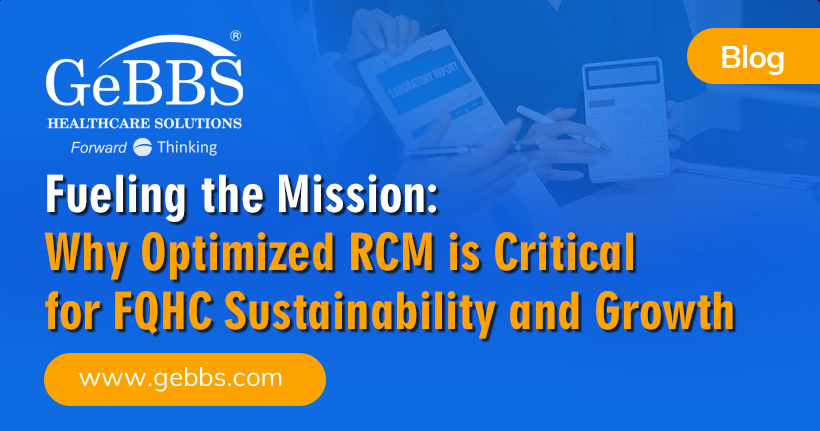The healthcare industry is abuzz with talk of accountable care, population health, and the shift to value-based care. And, while it’s a new world for providers and payers alike, there’s a great deal to be gained for everyone involved – particularly patients, especially when it comes to attaining the quality and value that accountable care can bring.
While the trifecta of quality, value, and patient satisfaction may seem unachievable among rising healthcare costs, higher consumer expectations, and a shifting and complicated world of payment reform – many organizations have started to figure it out. Organizations that are thriving in this changing era are those that understand the critical importance of the provider-payer relationship. Furthermore, those who have mastered building and strengthening these relationships are among those poised for the greatest continued success as the shift from fee-for-service to value-based care becomes a reality.
Tips for Fostering the Provider-Payer Relationship
We all know providers are busy, with many on the verge of burnout. The good news is, they also like data – and they also appreciate having some control over their reimbursement. The shift to value-based care makes data-driven decision-making a necessity, and for the first time, providers are beginning to understand how they can play a role in managing healthcare costs. It’s a perfect time to heighten this awareness and to focus on fostering what has previously been a somewhat tenuous relationship between providers and payers. Here are some tips for building these successful partnerships.
- Look beyond the numbers. Data plays a HUGE role in the provider-payer relationship, there’s no doubt about that. Providers can’t improve quality and value if they don’t know where their opportunities lie. But, it’s about far more than just raw data. First and foremost, the data needs to be accurate – and providers may need some convincing here, so be prepared to prove it. Secondly, payers need to make sure the data is easy to understand and more importantly – actionable. Providers on the verge of burnout are likely to fizzle out if you provide a series of data points that they have no influence over. That’s why provider-level data is critical – it keeps the provider from having to weed through mounds of useless data and allows them to cut to what’s most important – which is, ‘how can I do a better job of driving quality and value in my everyday work?’ Also, avoid information overload. While there are a few serious data geeks out there – most providers don’t have the time to wade through more than is absolutely necessary to move progress in the right direction.
- Build the relationship. Much like a marriage or any strong relationship, building trust takes time – true success can’t be achieved by emailing reports, action item lists, or highlighting what providers are doing wrong all the time. While provider-payer relationships have historically been nonexistent or even tenuous, the shift to value-based care and nontraditional health plans have required greater collaboration among these groups. Working together to achieve common goals can help organizations and payers work together through the challenging shift to value-based care. Payers may want to delegate a high-level executive (preferably a physician) to communicate regularly with physician leaders and to truly listen to their concerns, thoughts, and ideas – which will help both sides work together better and to achieve greater progress.
- Define common goals together. Get providers engaged in the process of developing mutually beneficial key metrics and targets for accountable care, in which case you’ll have greater buy-in and ultimately, better performance. Whether your goals focus on reducing inappropriate or unnecessary care, reducing specific gaps in care such as recommended screenings or prescribing standard medications based on evidence-based guidelines, etc., or ensuring patients are using the appropriate level of care – choosing your metrics carefully is one of the greatest ways to get things moving in the right direction. Start small and build on your successes over time.
GeBBS Healthcare Solutions offers a broad range of solutions to support payers and healthcare organizations with the shift to value-based care. To learn more visit: gebbs.com






